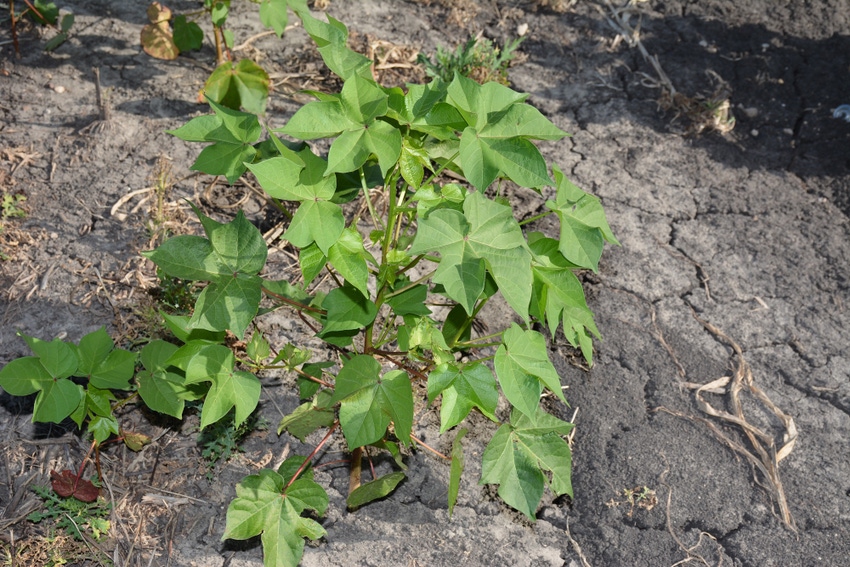July 26, 2016

A lot has happened in July, and the market is now at a critical point. First, the market digested USDA’s June 30 Acreage Report, which bumped forecasted U.S. plantings up to 10 million acres. This was more than most were expecting. Nevertheless, the market remained in its longstanding trading range.
Then came the regularly scheduled July USDA WASDE numbers. I was not expecting much except an upward revision of U.S. production, and an accompanying bump up in U.S. exports. Well, that happened, and then some. A large million-bale increase in exports ended up reducing U.S. ending stocks by 200,000 bales, month over month. While not a large stocks adjustment, it was the surprising direction that caught traders and analysts off guard. But the real news was an historically huge month-over-month reduction in world ending stocks by 3.44 million bales. The latter occurred from a decrease in carry-in, reductions in forecasted production (notably in India and Pakistan), and increases in forecasted trade and consumption. In particular, USDA raised China’s consumption by 1.5 million bales.
Part of USDA’s rationale for adjusting Chinese consumption was essentially an inference that rising cotton prices in China belie more demand than previously thought. While that strikes me as a little debatable, the market reaction following this WASDE report was unambiguously bullish. ICE cotton futures rose for three successive days to establish a new level about eight cents higher – essentially from the mid-60s to the mid-70s.
Will prices stay here? The tiresome economist response is a) we ultimately don’t know, and b) it depends. For those who are considering forward pricing or hedging, I can only emphasize that you cannot avoid the uncertainty. The question whether to lock in prices at these levels should be evaluated with what you know today. Today you know where prices are, you have an idea of your production costs and some minimum production levels, and you can pencil in what your minimum price would be using cash forward contracts, futures, or options. If today’s price results in an acceptable return, then consider pricing some portion of your expected production. You cannot avoid the uncertainty, but you can pencil out where you stand today.
As for the “It depends” mantra, the two or three weeks ending about August 8 appear critical in determining the production possibilities from between 2.5 and 3 million acres of dryland cotton in the southwestern U.S. The Kansas and Oklahoma acreage received some rains in July, so their question is more about how well they will finish. Much of the West Texas dryland acreage was stressed by heat and demand for water in July. The yield potential in this region will potentially collapse if timely rains are not received. In other words, Texas and U.S. cotton production could easily swing a million bales higher or lower depending on what happens in the near term. Such a production swing could either reinforce or dampen the recent price rally.
For additional thoughts on these and other cotton marketing topics, please visit my weekly on-line newsletter at http://agrilife.org/cottonmarketing/.
About the Author(s)
You May Also Like




